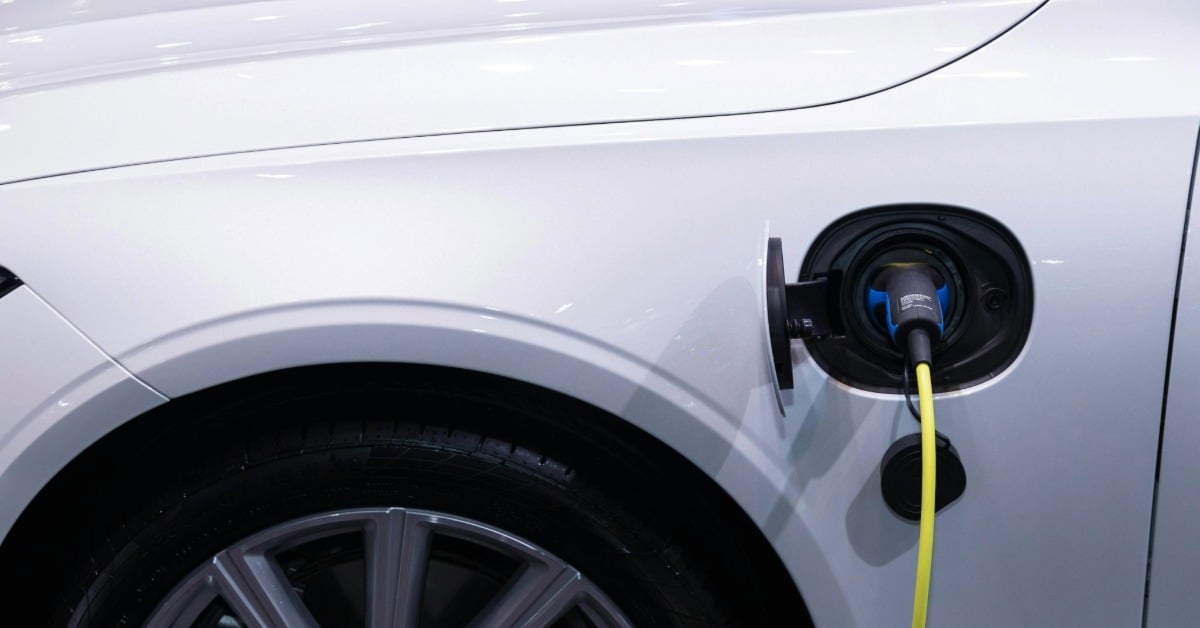Baja California’s first fast electric vehicle charging station is planned for Mexicali, powered by solar energy to boost sustainable mobility . . .

Baja California’s first fast electric vehicle charging station is planned for Mexicali, powered by solar energy to boost sustainable mobility . . .
